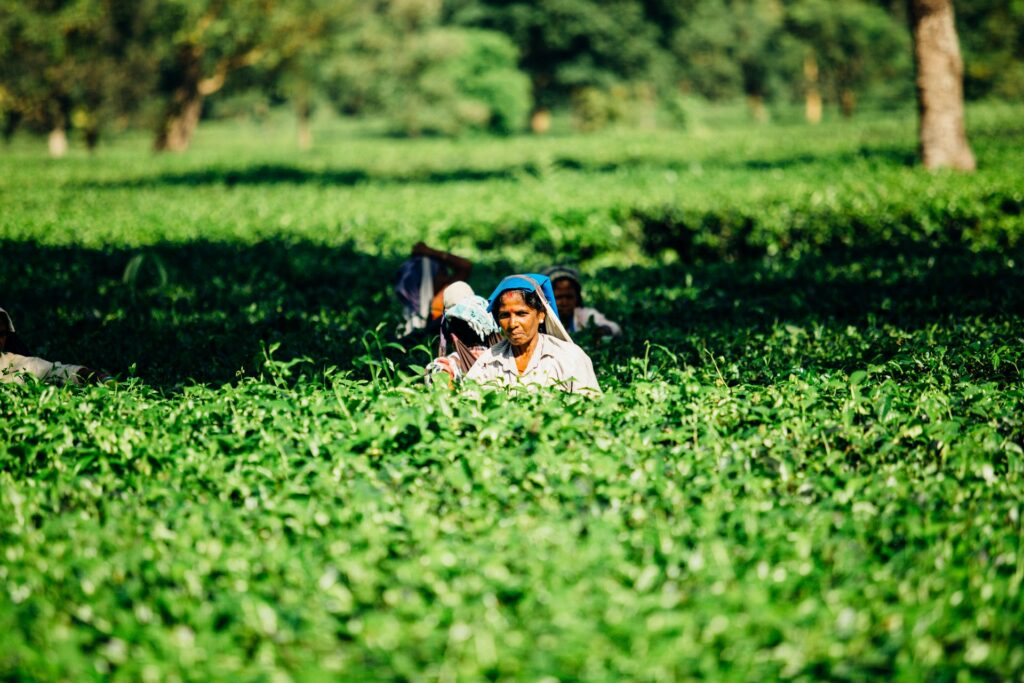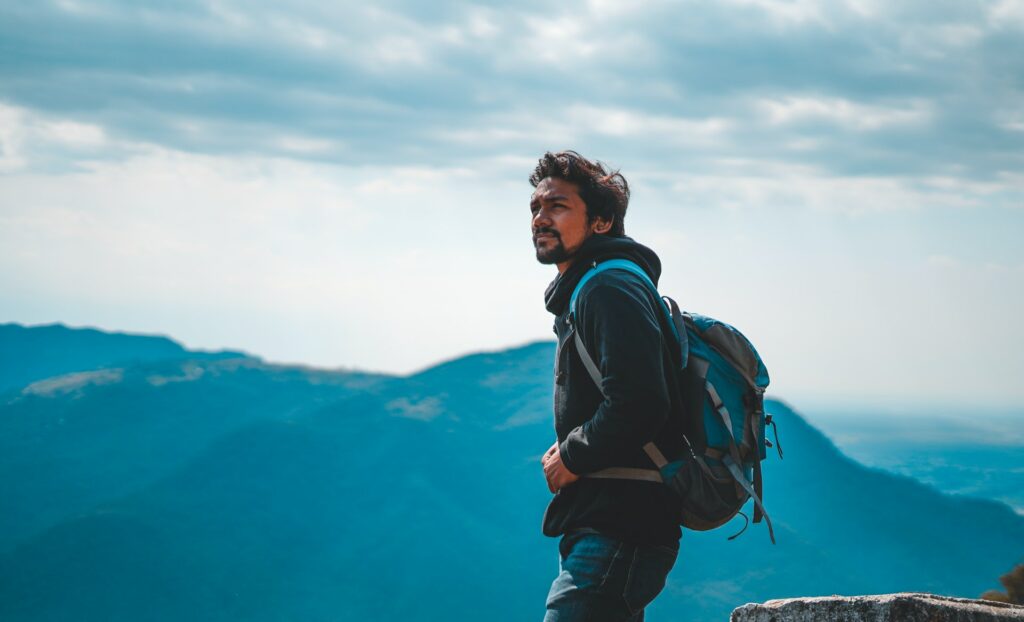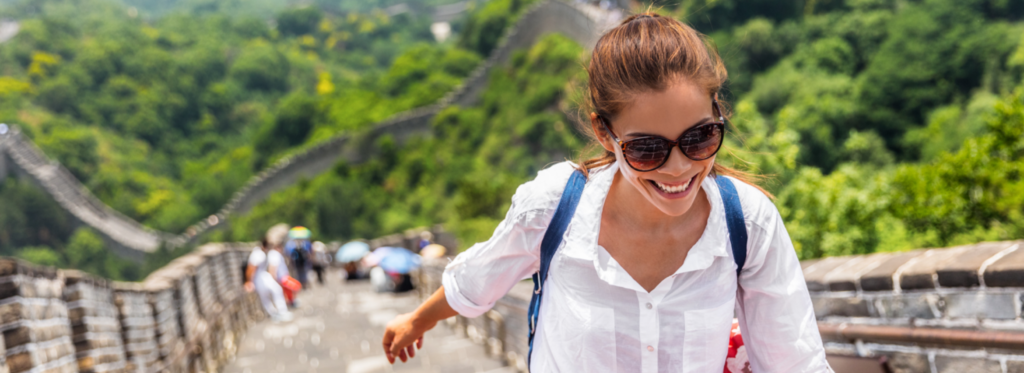Rethinking Bucket List Destinations for a More Sustainable Travel World

By Philippa Kaye, Founder of Indian Experiences
At the start of the pandemic, there were a lot of reactions as to what would save tourism in India. Many said domestic tourism and in terms of hotel business, this could make sense. However, this is not the case for many inbound Destination Management Companies (DMCs). Another reaction was that sustainable travel would save the day, which includes rural travel, off beat destinations, to name but two.
No one knows how prolonged the pandemic will be, how long the recovery will take and how the industry will adapt? The general consensus is that sustainable travel is the way to go.
For 20 years I have been promoting travel beyond the bucket list and for 20 years, by and large, I have been banging my head against a brick wall. Eighty five percent of travel companies just promote the same old itineraries. After the reactions over COVID-19, how many DMCs have thoroughly re-evaluated the programs they have been offering for years and attempted to research, discover new horizons, and make solid commitments to deliver a new, more sustainable India to the market? I have seen a handful and that in itself is heart-warming, but it is a drop in the ocean. I have received far more emails from companies, promoting the same old packages for the Golden Triangle and banking on the inevitable price war.
The industry is not solely to blame. It is fuelled by clients with a bucket list mentality who want to simply visit the mainstream destinations and tick them off the list. Can anything be done about this? A friend and colleague who has been in the Indian travel industry for 30 years once told me, ‘The industry hasn’t changed in 30 years, Philippa, it won’t change in my lifetime.’ He has a point, and I had to agree. But then you see, the Yorkshire woman in me just would not quite quit and within 48 hours I was back to wondering what could be done.
Firstly, DMCs have to work with other travel partners to find their unique selling points in a crowded market, promoting India away from the mainstream. A by-product of this is to promote localised and niche experience providers who, by their very nature, are more sustainable in their approach and more authentic in the experiences they offer.
Secondly, the travel media have to give more focus on sustainable and regenerative travel destinations. This is happening, and it is starting to affect change and attracting a growing tribe. Particularly since the pandemic, the number of people who are now much more aware of sustainable tourism and climate change has grown. Statistics have shown that, in principle at least, this will affect the decisions that they make.
However, the very nature of rural, regenerative and sustainable tourism means that numbers are finite. This type of travel is not a number game.
It took me quite some time before I truly understood the advice received 10 years ago from Julian Matthews, the Founder of TOFTigers, a sustainable tourism and wildlife conservation charity alliance in India. When he started TOFTigers, quite a few of the lodge owners who were already following sustainable practices were disturbed at the attention and rankings that the lodges who were far less eco-minded were getting. Julian’s philosophy was that those lodgers who were not eco-minded were the one who needed his help the most. There is no point in preaching to the already sustainable-centric. Yes, we appreciate them, and thank them. But since they are already on the right track, we need to focus our efforts on those who are not following sustainable practices. They are the ones who need to be encouraged to do so. Ping! A lightbulb moment happened to me, albeit a decade later.
If we can’t persuade the majority of tourists away from the Golden Triangle and mainstream circuits, how can we ensure that the travel that is done there is at least carried out more sustainably?
What is ‘Sustainable Travel?’
To borrow from The Folk Tales, one of the experiential travel companies we work with, sustainable travel is when:
- Your money goes directly to the local economy and the people.
- You leave a minimal carbon footprint on the environment.
- Your holiday is immersive and encourages ‘authentic’ interactions with the local communities.
So, let’s look at the classic itineraries run by the majority of mass market tour operators:
- Delhi: 1 night, main monuments and tourist shopping emporiums
- Agra: 1 night, main monuments and tourist shopping emporiums
- Jaipur: 2 nights, main monuments and tourist shopping emporiums
- Jodhpur: 1 night, main monuments and tourist shopping emporiums
- Udaipur: 1 night, main monuments and yes, you got it, a tourist shopping emporium
There is zero time to discover the culture, visit the local markets, eateries, meet the people or have any type of engagement apart from being with the guide whose sole focus is to get clients into a shop.
Yet, each of these destinations has far more to offer than the monuments that have made them famous.
Take Jaipur as a classic example. It used to be the centre of the world jewellery trade and has a rich history of traditional and modern jewellery design and making. It has a rich history of textiles as well. It has blue pottery considered to be Turko-Persian in origin. It has great adventure options from mountain biking to half-day treks, horse riding and jeep safaris. It has wonderful dining experiences from street food to dining with royals. It is famous for its bazaars and it is great for non-touristy shopping. It has wonderful monuments, step wells, a ghost town and a national park all within an hour’s drive. In short, it is a destination that it would be easy to spend four nights in.
Let’s have a look at Jodhpur. Beyond the fort it has wonderful jeep safaris (and I don’t mean the standard Bishnoi tour that is done to death). It has zip wiring. It has the Rao Jodha Desert Rock Park. It has wonderful Marwari horse safaris and royal picnics. It is famous for its furniture production and dhurries, its tribes, photography opportunities and yes, a unique wildlife. I have never recommended Jodhpur as less than a three-night destination, ever.
For Udaipur, there are wonderful treks in the surrounding hills or bike rides into the local villages. Visits to Eklingi and Nathdwara, Kothariya and Raj Samand Lake are possible. There are the Koftgiri workers, the only people left in the world doing gold inlay and painting on water. There are opportunities to learn how to cook your favourite Indian dish before you leave and also get to grips with the basic tenets of yoga. On the other hand, this is a destination where it is lovely to simply spend time sauntering around the old town and enjoying sundowners on the terrace of a restaurant or bar. I have often given Udaipur as a three- or sometimes four-night destination at the end of a trip.
And then there’s Agra, nearly every itinerary includes only the Taj Mahal and the Agra Fort but there is a lot more that is overlooked in this city.
Did you know that there are actually three Taj Mahals? Did you know the first ever Mughal Garden was built in Agra and still remains today, in really good condition? Did you know that the North-West Province was run from Agra from 1803 – 1858 and it has one of the best-preserved cantonment areas in the country? Did you know that despite all of the tanneries being closed down to preserve the Taj Mahal it is still the centre of leather and there is a great shoe market held most mornings? Did you know that there is a brilliant bird sanctuary there (and no, I am not talking about Bharatpur)? Did you know that Wildlife SOS, in addition to its bear rescue centre, now has an elephant rescue centre on the outskirts of the city? Did you know that there are great walking and cycle tours of the old city?
No, most of you won’t, because people only focus on the Taj Mahal.
My point is that with all these destinations, there are a whole host of activities that can be included in an itinerary. These destinations are fascinating beyond their main monuments.
Now here comes quite a controversial point. At some point in an itinerary like this, it is also important to take time to have time. Even if that is just a half-day breather. Give the client the opportunity to relax, absorb all that has been seen, and nip back to that market / temple / walk / stepwell they did not have time to see on the main tour. India is overwhelming; a step back for a breather is therefore appreciated. Once I met someone who told me that the holiday I arranged for him in 2003 was amazing but exhausting; he wished he had had a night more in each destination. If I had known what I know now, he would have done.
As a tour operator or DMC, if you need to follow only one rule to offer sustainable travel that will lead to happier and therefore repeat customers, then this is the advice:
Slow it down.
To do this effectively, you need to do three things:
- Get to know the client, their interests, hobbies, reasons for travel beyond the bucket list
- Take time to truly get to know the destinations and their potentials for other interests and experiences
- Have the desire to operate more sustainably
Once travel is slowed down, the basic tenets of sustainable travel are automatically covered.
- There is time to include more authentic experiences, from simply trying a chai at the local chai stall to visiting local NGO’s to shopping at places which give back to the local community rather than over-priced emporiums.
- By staying longer, your carbon footprint is reduced, from sheets and towels being washed in hotels to the fuel used to travel between destinations.
- The holiday is more immersive. There is time for more authentic interactions with local communities. Your clients will have a richer and more rewarding holiday and will be more inclined towards visiting India again.
Slow it down. Less is more. Be more sustainable.






Responses